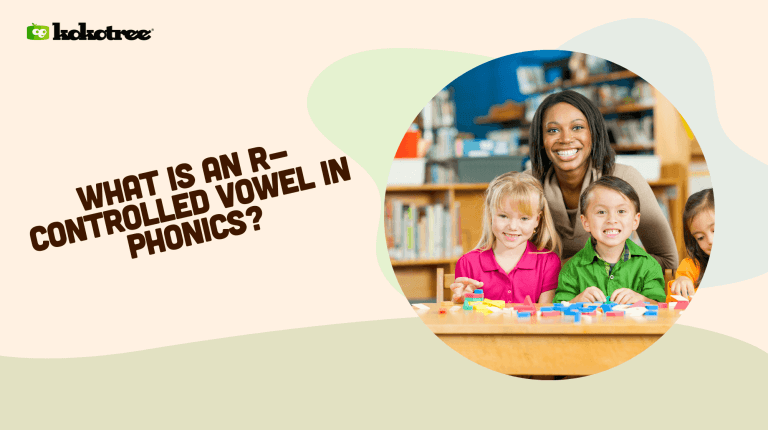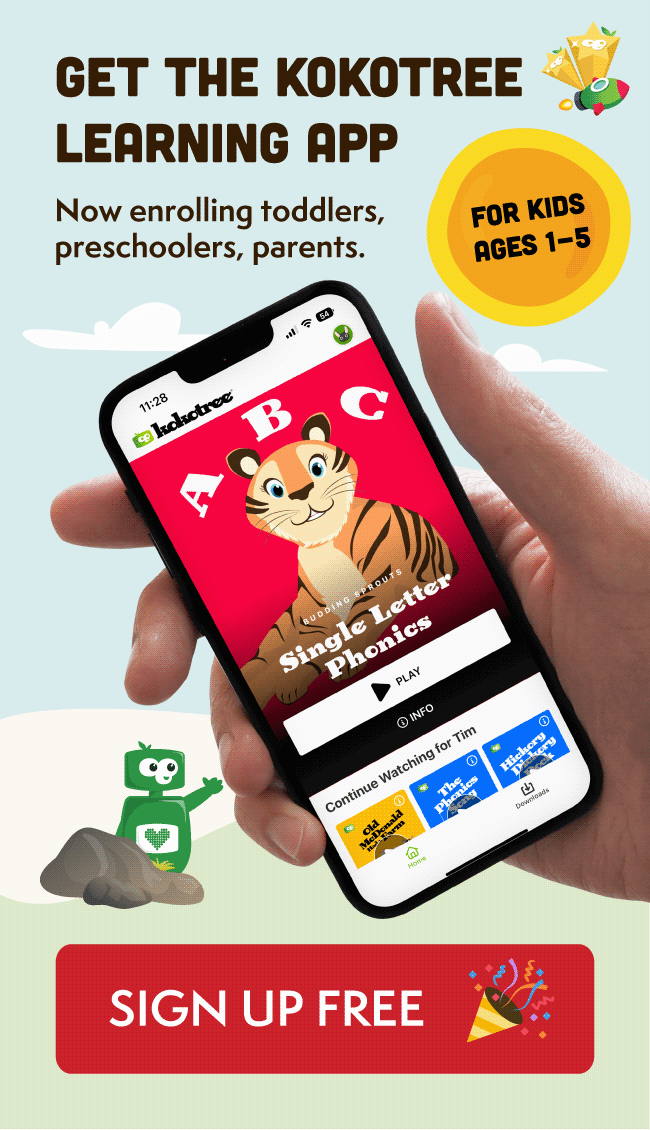

Have you ever wondered why certain words in English have a unique pronunciation when vowels are followed by the letter ‘r?’ If your child has been learning to read, you might have come across this concept called R-controlled vowels. Let’s dive into the fascinating world of phonics and see how understanding R-controlled vowels can help your young reader decode words with ease and boost their reading skills.
An R-controlled vowel in phonics is a vowel that is directly followed by the letter ‘r,’ causing the vowel’s pronunciation to be influenced by the ‘r.’ Some common examples of R-controlled vowels are ‘ar’ in ‘car,’ ‘er’ in ‘her,’ ‘ir’ in ‘bird,’ ‘or’ in ‘for,’ and ‘ur’ in ‘hurt.’ Recognizing R-controlled vowels helps learners decode words with this pattern more effectively and enhance their overall reading skills.
Recognizing R-controlled vowels is essential in phonics because they can change how a vowel is pronounced in a word. This helps young readers better understand the rules and patterns of the English language, which in turn, supports their reading and spelling abilities.
When teaching R-controlled vowels, it’s crucial to be able to identify them in words. Here are some examples of R-controlled vowels and their respective sounds:
Just like with regular vowel sounds, it’s best to teach one R-controlled vowel sound at a time. Ensuring your child is comfortable with the sound before moving onto the next one will help them become more proficient in identifying and decoding R-controlled vowels in words.
Create word lists and picture cards of words containing R-controlled vowels to practice their recognition and pronunciation. This helps reinforce the connection between the word and its sound, making it easier for your child to remember the rule and apply it to other words they encounter.
Children learn better when they’re having fun, so incorporate word games into your phonics lessons. You can create word searches, memory card games, or even bingo featuring R-controlled vowels to make learning entertaining and engaging.
Practice makes perfect when it comes to phonics. Encourage your child to repeat words containing R-controlled vowels out loud to build their memory and confidence in recognizing these unique sounds.
Technology can support your child’s learning process, and incorporating a learning app for kids is an effective way to make phonics lessons interactive and enjoyable. Many apps offer fun and engaging activities tailored to teach R-controlled vowels, making it a valuable supplement to your child’s phonics education.
Aside from the tips shared earlier on teaching R-controlled vowels, it’s important to consider multiple approaches that cater to different learning styles. Here are some additional strategies for teaching R-controlled vowels:
Children are naturally drawn to music, making it an excellent tool for teaching phonics. Create simple songs or rhymes that focus on each R-controlled vowel sound to help your child remember the rules and pronounce the sounds correctly. Don’t forget to sing along and have fun!
Applying the R-controlled vowel concept to real-life examples can make it more meaningful for youngsters. Encourage your child to identify these sounds in everyday items, such as food or toys, or during family conversations.
Using age-appropriate worksheets and coloring pages related to R-controlled vowels encourages active engagement and promotes better retention. These resources can be found online or in phonics workbooks.
Collaborating with other parents and educators can provide valuable insights and new teaching strategies. Connect with your child’s teacher or reach out to parent groups to exchange tips and materials that can help enrich your phonics lessons.
Phonics learning, especially R-controlled vowels, can be challenging for young readers. It’s vital to be patient with your child as they acquire this new skill. Frame learning around positive reinforcement, and celebrate their progress every step of the way. Ensuring a supportive and loving learning environment can make all the difference in helping your child master R-controlled vowels and become confident, skilled readers.
As a parent, you might have more questions about R-controlled vowels and their role in phonics education. Here are some of the commonly asked questions about this topic, along with helpful answers:
R-controlled vowels should be introduced after your child has a strong foundation in understanding basic vowel sounds and consonant-vowel patterns. This will ensure they have the background knowledge to effectively grasp the concept of R-controlled vowels.
Encourage your child to listen to your pronunciation and repeat the sounds out loud. Using songs or rhymes and focusing on one sound at a time can also help with pronunciation practice.
Be patient and supportive, and give your child time to practice. Provide additional resources such as worksheets or learning apps to reinforce the concept. If struggles continue, consider seeking help from an educational professional.
Yes, there are other vowel patterns like long vowels, short vowels, and diphthongs that children should learn. Each of these patterns contributes to a strong foundation in reading and phonics.
Each child learns at their own pace, and some may grasp the concept quicker than others. Consistent practice, reinforcement, and support can help your child become more comfortable with R-controlled vowels over time.
R-controlled vowels are generally introduced around the age of 6-7 years old or when a child is in the first or second grade. However, the timing may vary depending on your child’s individual progress in phonics.
R-controlled vowels can impact spelling as these sounds don’t always follow conventional spelling patterns. Recognizing these unique patterns can help children spell more accurately.
Yes, understanding R-controlled vowels can improve reading comprehension. As children become better at decoding words, they’re able to focus more on understanding the meaning of the text.
There isn’t a strict order; however, you might want to start with the ‘ar’ sound, as it’s a common R-controlled vowel and often easier for children to grasp.
Yes, there are books and workbooks specifically designed to teach R-controlled vowels. Many of these resources can be found at your local bookstore or online.
Using songs, games, and visual aids can make teaching R-controlled vowels more engaging and memorable for children. Consistent practice is also essential for reinforcing the concept.
While the concept of R-controlled vowels is specific to the English language, other languages may have similar phonetic patterns that affect vowel pronunciation.
Yes, many online programs and apps target R-controlled vowels as part of their phonics curriculum. These tools can be a valuable supplement to your child’s learning experience.




